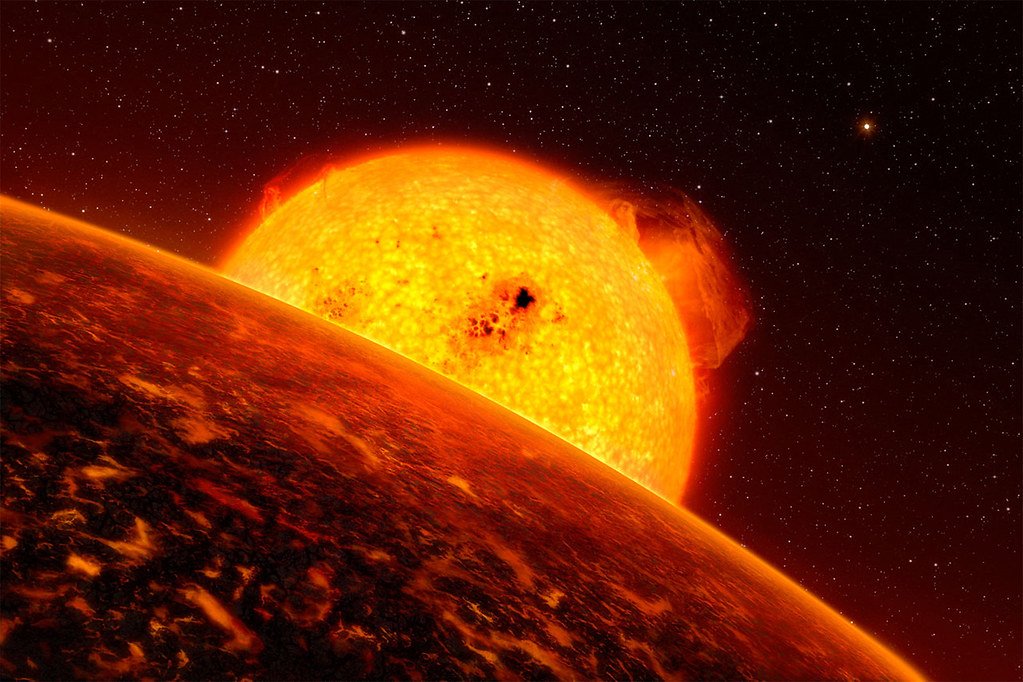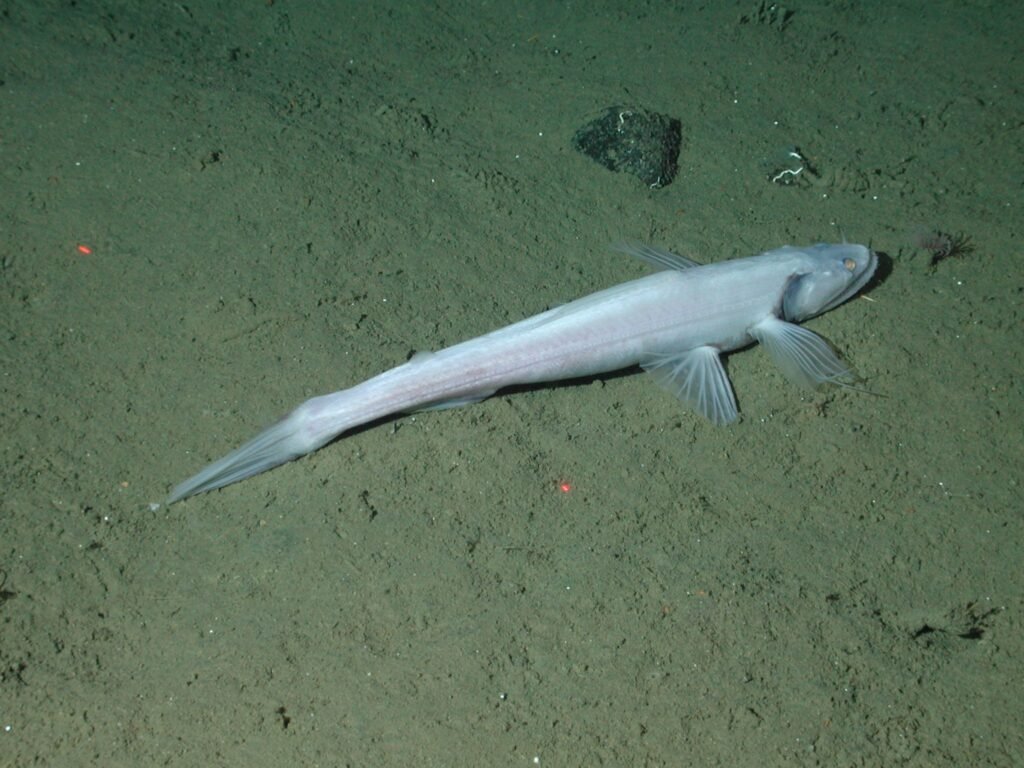In the vast expanse of the universe, beyond the familiar borders of our solar system, lie some of the most bizarre and intriguing worlds ever discovered. These exoplanets, or planets orbiting stars outside our solar system, defy our earthly expectations with their peculiar characteristics and extraordinary behaviors. Join us as we journey through the cosmos to explore some of the strangest exoplanets that have baffled and fascinated astronomers around the globe.
What Makes Exoplanets So Strange?

Exoplanets have captivated the scientific community since the first one was confirmed in 1992. Unlike the well-behaved planets of our own solar system, exoplanets often challenge our understanding of planetary formation and behavior. Their uniqueness stems from a variety of factors such as their environmental conditions, orbital patterns, and compositions. Many of these planets are located in distant star systems, where conditions are vastly different from those experienced in our own celestial neighborhood.
WASP-12b: The Disappearing Planet

WASP-12b is a gas giant located about 1,400 light-years from Earth, known for its ominous fate of being consumed by its parent star. This planet orbits so closely to its star that it is slowly spiraling inward, leading scientists to predict its eventual destruction in a few million years. The intense heat from the star causes the planet’s atmosphere to reach extreme temperatures, making it one of the hottest known exoplanets, while its proximity causes it to be deformed into an egg-like shape.
HD 189733b: The Glass Rain Planet

Located 64 light-years from Earth, HD 189733b is renowned for its cobalt blue appearance and uniquely harsh weather conditions. Unlike Earth’s sky, its vivid color results not from oceans, but from its silicate particle-rich atmosphere. These particles condense into glass, which then is reckoned to rain sideways due to ferocious winds reaching speeds of up to 5,400 mph.
55 Cancri e: The Lava World

55 Cancri e orbits its star so closely that a year lasts only 18 hours. The intense heat has resulted in a bi-hemispherical environment: one side always faces the star and experiences blistering temperatures, while the far side is significantly cooler. The conditions on the star-facing side are thought to be so extreme that its surface could be rivers of molten lava or covered with a thick atmosphere of superheated gas.
GJ 1214b: The Water World

Often categorized as a “water world,” GJ 1214b intrigues scientists with its substantial atmospheric water composition. This exoplanet’s density suggests it contains a mix of water and rock, with its surface perhaps covered entirely by a single, massive ocean or a thick, steamy atmosphere. Its atmosphere may even contain steam clouds, pointing to an environment resembling a sauna turned interstellar.
PSR B1620-26 b: The Methuselah Planet

PSR B1620-26 b, affectionately termed “Methuselah,” is one of the oldest known exoplanets, with an estimated age of around 12.7 billion years. This ancient planet orbits two stars—a pulsar and a white dwarf—in a complex cosmic dance. Methuselah’s advanced age offers invaluable insights into the early universe and the formation of planets around binary star systems.
TrES-2b: The Darkest Planet

TrES-2b holds the title of the darkest known exoplanet, reflecting less than 1% of the light that hits it, making it blacker than coal. This extraordinary dimness is attributed to a lack of reflective clouds in its atmosphere, coupled with light-absorbing chemical compounds like vaporized sodium and potassium.
Kepler-16b: The Tatooine-like World

In an homage to the Star Wars universe, Kepler-16b orbits two stars, much like the fictional planet Tatooine. Located about 200 light-years away, this circumbinary planet exists within a fascinating celestial dynamic, casting two shadows and offering the rare opportunity to witness a double sunset. Despite its similarity to a cinematic classic, Kepler-16b is likely a cold gas giant with a composition akin to Saturn.
WASP-76b: The Iron Rain Planet

WASP-76b is infamous for its scorched environment, where temperatures are high enough to vaporize metals like iron. On its brighter side, where temperatures reach about 4,350°F, iron particles condense and precipitate as iron rain when they are carried to cooler regions. This extreme weather phenomenon is unlike anything found on Earth, painting a hauntingly beautiful yet inhospitable world.
K2-141b: A Planet of Lava Oceans and Supersonic Winds

K2-141b’s close orbit results in extreme gravitational tidal locking, forming a side that is perpetually facing its star. The intense heat causes its surface to consist of vast seas of molten lava with supersonic winds exceeding 3,100 mph. Its atmosphere, made mostly of evaporated rock, circulates between its fiery day side and eternally dark night side, creating a continuous cycle of falling rock droplets.
CoRoT-7b: The Evaporating Planet

CoRoT-7b is a rocky world mere 1.5 million miles from its parent star, leading to a surface temperature high enough to vaporize rock. Its close proximity results in intense stellar radiation, which causes segments of this planet’s material to evaporate into space, carving it away atom by atom over time.
Conclusion: The Enigmatic Beauty of Exoplanets

The strange and mystifying exoplanets scattered throughout the universe remind us of the limitless diversity and unpredictability of the cosmos. As technology advances and our ability to uncover these distant worlds improves, who knows what other extraordinary celestial phenomena await discovery? For now, these strange exoplanets expand the boundaries of our imagination and deepen our appreciation for the rich complexity hidden within the universe.




